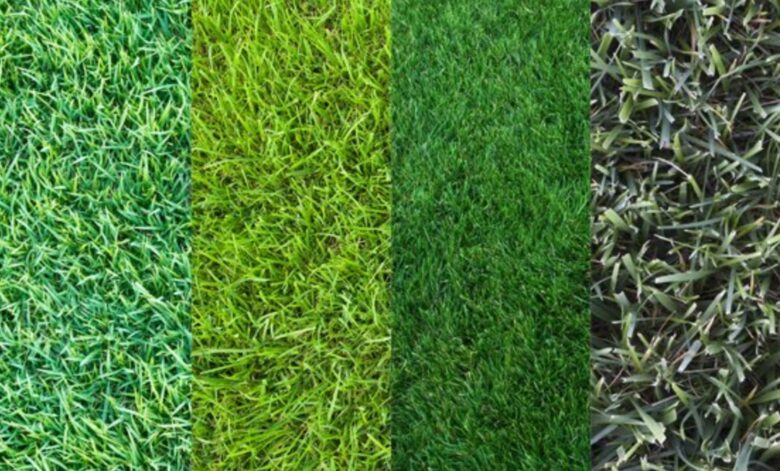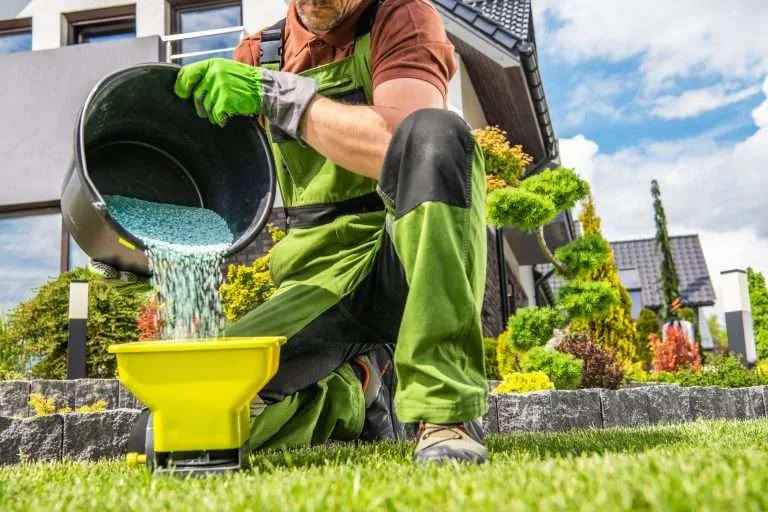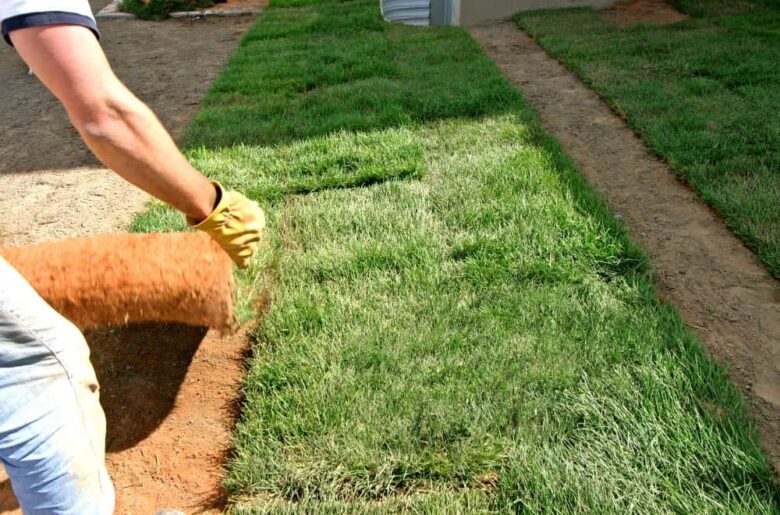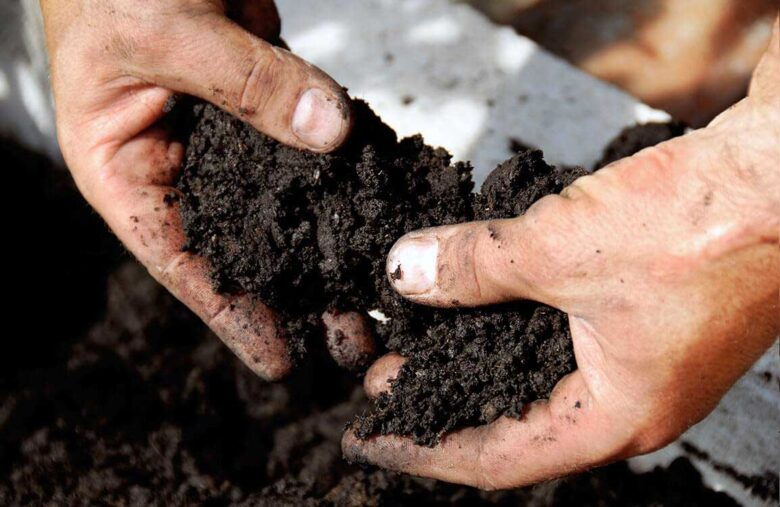As a homeowner, keeping your lawn looking lush and green is undeniably important. It not only enhances the curb appeal of your property but also contributes to a healthier environment. With a little bit of knowledge and regular care, you can have a yard that is the envy of your neighbors. In this blog, we have compiled 7 essential techniques and hacks to help you achieve that perfect lawn. Let’s dive in and start revolutionizing your lawn today!
Contents
- 1. Know Your Grass Type
- 2. Practice Proper Mowing Techniques
- 3. Water Intelligently
- 4. Feed Your Lawn Right
- 5. Control Weeds Before They Control You
- 6. Aerate for Stronger Roots
- 7. Overseed for a Fuller Lawn
- 8. Monitor and Address Lawn Diseases and Pests
- 9. Perform Regular Soil Tests
- 10. Set Realistic Expectations and Be Patient
- Conclusion
1. Know Your Grass Type
Understanding the type of grass you have on your lawn is crucial in determining the care it needs. There are two main types of grass: warm-season (such as Bermuda and Zoysia) and cool-season (such as Fescue and Kentucky Bluegrass). Each type has different growth patterns, mowing heights, and watering requirements. Knowing the specific type of grass you have will help you cater to its needs, ensuring a greener and healthier yard.

Source: weedaway.com
2. Practice Proper Mowing Techniques
Mowing is essential to maintain a neat appearance, but it also affects the health of your lawn. Follow these best practices in mowing:
- Avoid mowing wet grass, as this can result in clumping and uneven cuts.
- Keep the mower blade sharp to avoid tearing the grass, which can cause stress and make it susceptible to diseases.
- Adjust the mowing height according to the grass type and season. A general rule of thumb is not to remove more than a third of the grass height in a single mowing session.
- Mow in different patterns to prevent soil compaction and create an even cut.
3. Water Intelligently
Proper watering is crucial for your lawn’s health. Watering deeply but infrequently encourages the roots to grow deeper, making the grass more drought-resistant. The ideal time to water is during the early morning when the temperature is cooler and evaporation rates are lower. This prevents surface runoff and ensures efficient water usage. Be sure to adjust your watering schedule depending on the season and weather conditions.
4. Feed Your Lawn Right
Regular fertilization is essential to keeping your lawn healthy and green. Choose a fertilizer with the right balance of nutrients, such as slow-release nitrogen, phosphorus, and potassium. This will help promote strong root growth, resist diseases, and improve your lawn’s overall appearance. Follow the recommended application rates and timings to avoid over-fertilization, which can harm the grass and the environment.

Source: ngturf.com
5. Control Weeds Before They Control You
Weeds compete with your lawn for nutrients, water, and sunlight, which may result in a less-than-perfect yard. Implement a pre-emergent weed control plan in spring and fall to target weeds before they emerge. Hand-pulling or using a weeding tool can also be an effective method for removing weeds in small areas. Establishing a healthy, dense lawn will make it more difficult for weeds to find room to grow.
A good golf course lawn store can provide valuable tools and ideas to improve weed control, keeping those pesky unwanted plants at bay.
6. Aerate for Stronger Roots
Aerating your lawn involves creating small holes in the soil to allow air, water, and nutrients to reach the grassroots. This promotes deeper, healthier root growth and improves the overall resilience of your lawn. The best time to aerate is during the active growing season, which depends on the grass type. Local lawn care experts will be a great resource for knowing when to aerate. Make sure to select a suitable aerating tool or rent a machine to achieve the best results.
7. Overseed for a Fuller Lawn
Overseeding is the process of applying grass seed over an existing lawn area to fill in bare spots or improve overall density. This helps your lawn to maintain a vibrant appearance and prevent the growth of weeds which won’t be able to compete as well with newly sprouting and densely packed grass. When overseeding, be sure to choose a grass type that is well-adapted to your region’s climate and soil conditions. It’s also important to remember that you must water and fertilize the seeded areas accordingly to support new seed growth.

Source: freeplants.com
8. Monitor and Address Lawn Diseases and Pests
Keep a close eye on your lawn for signs of diseases and pests. Problems like fungal infections, grubs, or chinch bugs can all cause damage to your yard. These issues are often easily treatable with insecticides or fungicides, but need to be nipped in the bud quickly in order to keep from getting out of control.
You can address issues promptly by seeking advice from lawn care professionals for proper treatment options. They will help direct you towards best solutions which will grow the health and vigor of your lawn and even prevent future issues.
9. Perform Regular Soil Tests
Testing your soil at least once a year can provide valuable information about nutrient levels, pH balance, and organic content. This will help you make informed decisions on the type and amount of fertilizer needed. A well-balanced soil environment will support strong grass growth and improve the overall performance of your lawn care routine. You will also see changes in grass coloration and thickness which sets a great lawn apart from good.
10. Set Realistic Expectations and Be Patient
Remember that achieving a perfect lawn takes time and dedication. You may not see immediate results, but consistent care and attention will lead to significant improvements over time. Be prepared to make adjustments to your lawn care routine as needed, based on factors unique to your yard and local climate.
The grass you see on golf courses is treated incredibly well, but this level of care is certainly achievable in your own yard! You simply need to take the dedicated steps to do so.

Source: nutri-tech.com.au
Conclusion
Transforming your lawn into a greener, healthier yard can be achieved with consistent care and proven techniques. By following these 10 professional tips, you will be well-equipped to revolutionize your lawn and create a visually stunning and environmentally friendly outdoor space. Remember, patience and persistence are key, as your efforts will pay off in a lawn you can be proud of.
